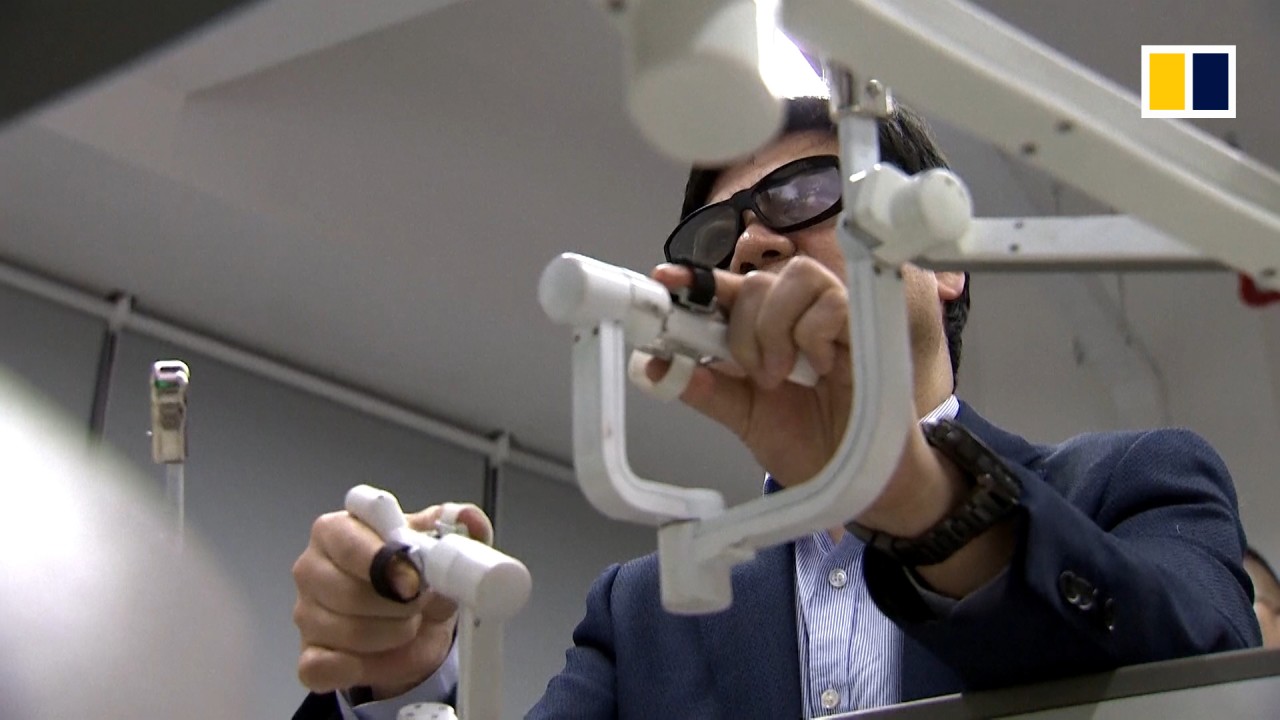
China’s vast opportunities in health care attract global telemedicine firms to world’s second-largest market
- China’s health care industry is the second-largest global market by expenditure, based on US$3.5 trillion spending in 2018
- The country’s ongoing demographic shift means elderly population above 65 is expected to increase from 166 million in 2018 to 250 million by 2030
China’s health care industry, the second-largest in the world with US$3.5 trillion spent in 2018, is attracting global telemedicine investors and service providers as the government gives technology a role to improve the allocation of vital medical resources.
Companies like Medix Global, which provides second opinions, necessary tests and monitors recovery – known as medical case management – for individual customers, are seizing the opportunity left unattended by AliHealth, WeDoctor and other home-grown Chinese healthtech companies.
“Telemedicine [alone] is not enough,” said Medix’s chief executive Sigal Atzmon, in an interview with the South China Morning Post. “At the end of the day, you need to have access to the right treatment, the right diagnosis, you need to make a choice of which hospital you go to, to choose your doctor. It’s not just the accessibility to the app, it’s the quality.”
In the medical field, China is a land of opportunity as the nation faces a huge deficit in doctors, with 1.8 physicians – both general practitioners and specialists – for every 1,000 people. That is lower than the 2.4 ratio in the US, 2.8 in the UK, 2.4 in Japan and 2.3 in Singapore, based on a World Bank study in 2014.

01:18
China completes world’s first 5G remote surgery in test on animal
The country’s ongoing demographic shift means the elderly population above 65 is expected to increase from 166 million in 2018 to 250 million by 2030. Besides, access to medical services is unbalanced, with more than 2,300 top-tier public hospitals running at capacity and struggling to cope with demand, while close to 950,000 lower-tier hospitals struggle to attract patients.
“What Medix offers is to ensure the quality,” Atzmon said. “In addition to those digital solutions, we provide support that is in very high demand. Is my diagnosis correct? What other tests should I do?” “Who’s the right doctor to see in Tier 1, Tier 2, Tier 3 cities?”

Medix, with 10 global offices including London, Hong Kong and Tel Aviv, has teamed up with AIA Group to provide personal medical case management, arrange for necessary tests and monitor recovery, by tapping a network of more than 4,000 specialists globally. The firm has also set up an office in Shanghai in 2017.
“The Chinese government is very committed to drive better health care for the population,” Atzmon said.
Chinese telemedicine companies focus on primary care services and are far advanced than any other country in their technology, particularly the innovation of artificial intelligence and big data, she added.
Medix is not the only foreign company trying to make it in China. Singapore-based DocDoc, which recommends patients to its network of more than 23,000 doctors across Asia, has held discussions with about 50 potential Chinese partners before joining up with Kaitaiming Technology (KTM), a firm that uses artificial intelligence to detect fraudulent claims for domestic Chinese insurers.
China’s market remains attractive given the uneven distribution of high-quality hospitals between affluent tier-1 cities and inland urban centres, according to the company’s founder Cole Sirucek.
“A patient who flies to Beijing for chemotherapy might receive the same quality health care in Thailand, [which is] 60 to 70 per cent less in cost,” Sirucek said, adding that the high cost in tier-1 cities like the Chinese capital creates “massive opportunity particularly in tier-2 cities.”
While they team up with offshore insurers to let policyholders consult physicians for diagnosis, referral and treatment in and outside China, the lack of personal or business connections remains a sizeable hurdle in growing their presence in the local markets.
“It takes a lot of guanxi in China to do business” or relationships that open doors, said Sirucek. “The major insurance companies, most of them, are government-backed.”

